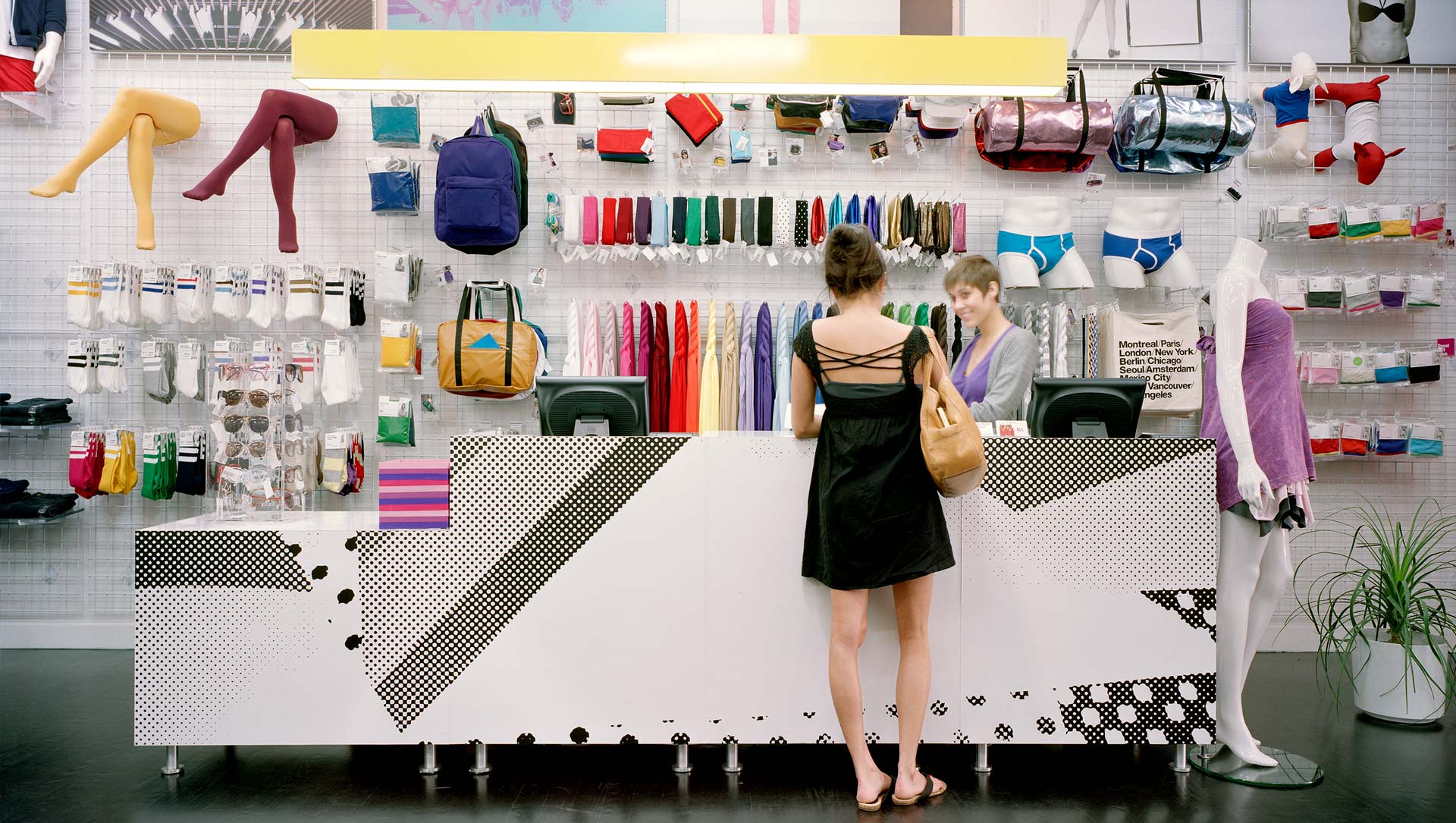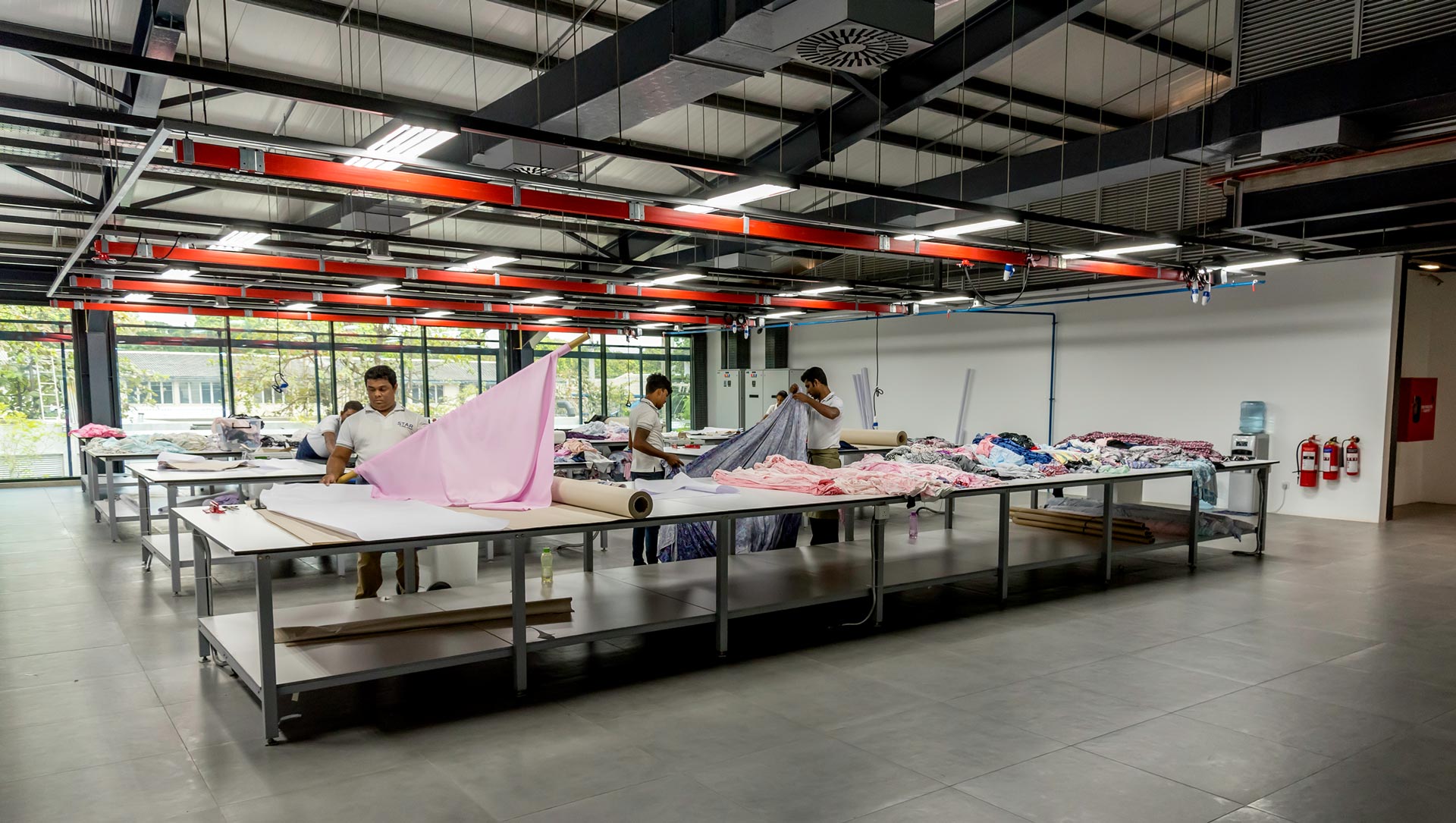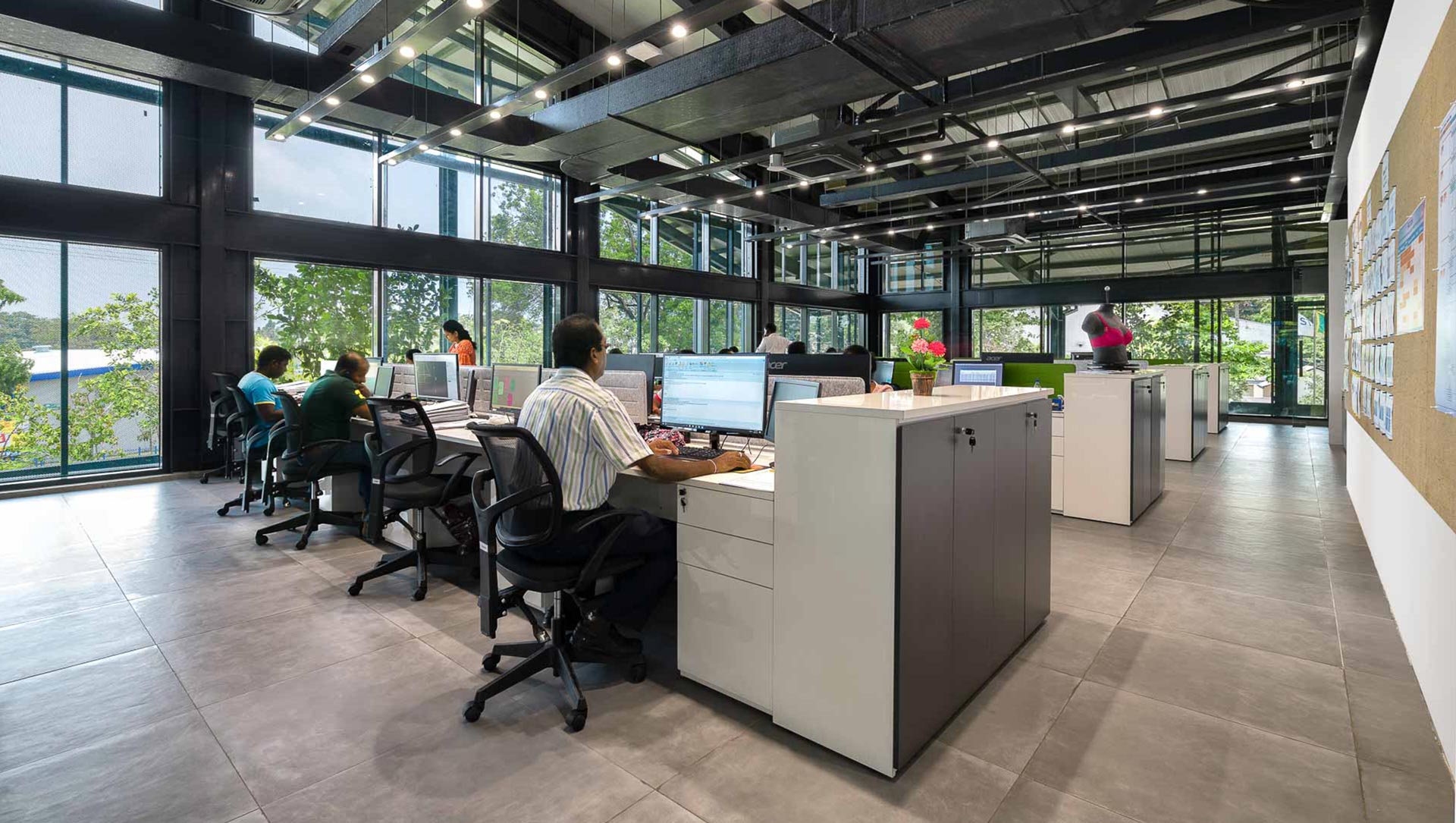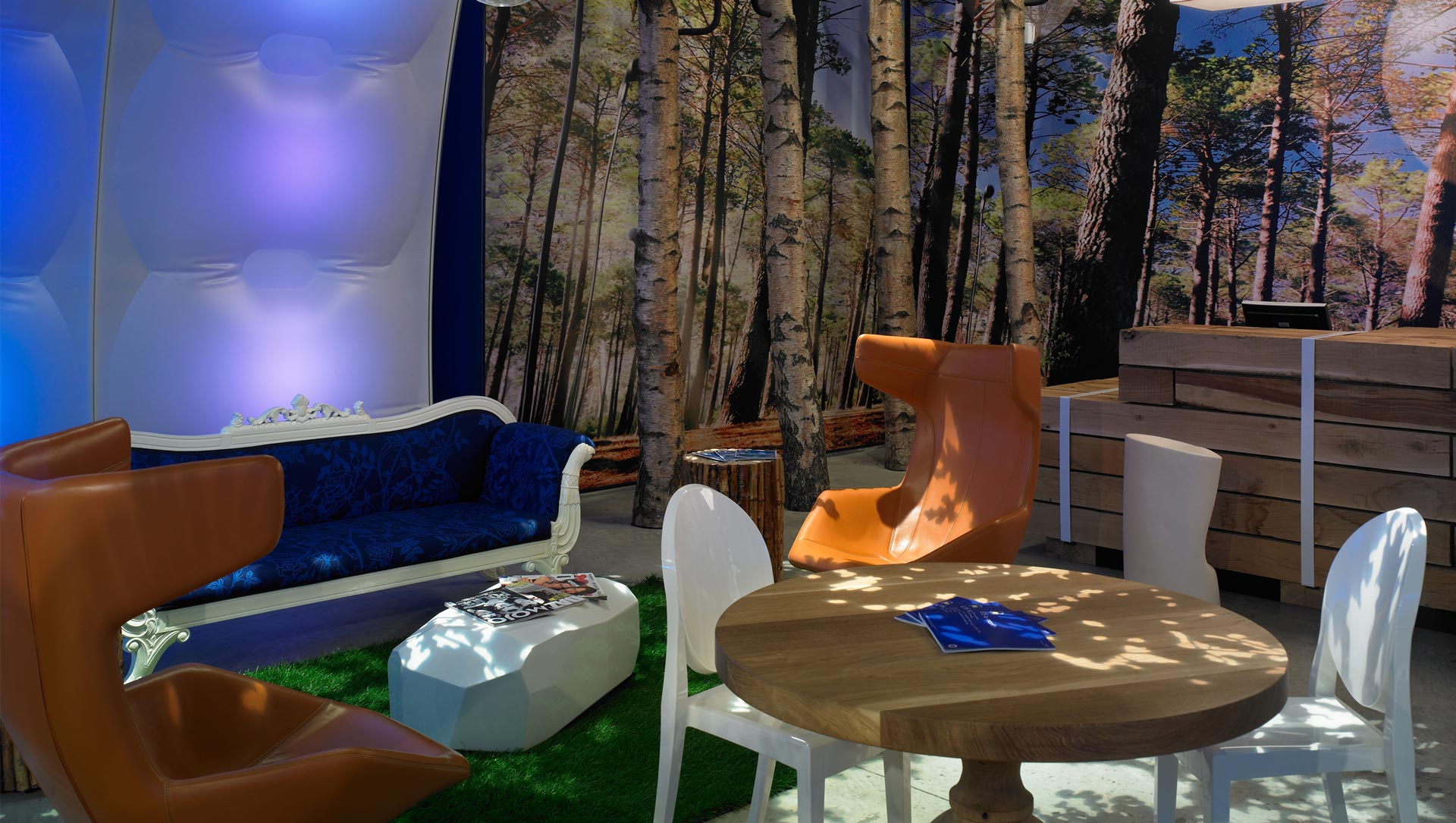Ethical and Sustainable Fashion: Can it Be Achieved?
2021.08.12

A Holistic Approach is the Only Solution
Despite a rise in demand for ethical clothing, the fashion industry has a long way to go before it can achieve global fair trade and sustainability. The 2020 Copenhagen Fashion Summit predicted that by 2030, the industry will increase its water consumption by 50%, and its carbon footprint and fashion waste will also expand significantly.
In order to achieve true sustainability, the fashion industry must ensure that every stage of the business, starting with design and following through to sourcing, production, distribution, retail and fulfillment are executed with strict regard to energy and resource consumption, employee health and safety, and post-consumer environmental impact.
Updating the buildings involved at each step by using Passive House strategies for higher performance is a great way companies can holistically reduce energy use, improve worker health and boost productivity in all of the facilities, from factories and warehouses to retail stores, offices and showrooms.
The long-term goal must be participation in a circular economy based on the principles of designing out waste and pollution, keeping products and materials in use, and regenerating natural systems.
Production
Sustainable garment production begins with the choice of fibers, yarn and fabric. Many synthetic materials like polyester contribute to the build-up of microplastics in the ocean, so natural and recycled fabrics are a safer choice. However, not all natural materials are harmless; for instance, cotton farming typically employs large quantities of polluting insecticides and pesticides.
Another key component to sustainable production practices has to do with resource management. Global energy and water shortages require the fashion industry to come up with much more environmentally friendly production methods within their factories.
In addition to considering the environment, fashion brands must take responsibility for the ethics of their extended supply chains. Many clothing factories have become unsafe spaces in which employees are overworked, underpaid, and toil in unhealthy conditions.
The exploitative treatment of employees and contract labor during the pandemic further highlights how precarious their living situations frequently are, with the vast majority of garment workers experiencing sharp declines in earnings and working condition safety.
Many workers endure high temperatures, a lack of adequate ventilation, the handling of dangerous chemicals and limited access to restrooms and drinking water.
Factories designed or renovated to Passive House standards ensure both lower energy use as well as very high levels of air quality and worker comfort. Productivity dramatically increases due to better mental and physical well-being, as well as lower rates of absenteeism.
Business Offices and Distribution
Outside of production, fashion brands can become more sustainable by improving their office, distribution and fulfillment practices. Due to their sheer size and number, warehouses and distribution centers and offices are a great place to start.
Passive House strategies can greatly reduce energy consumption in all of these buildings: for instance, they can improve insulation, air tightness and window performance, upgrade HVAC systems, and use cool roofs to reduce the need for air conditioning in the summer.
Companies can invest in energy-efficient lighting and equipment, for instance by switching from gas-fueled forklifts and trucks to electric ones.
To make shipping more sustainable, companies should avoid over-packaging their goods, and should aim to keep their packages as light as possible.
Retail
Retail stores represent a major opportunity for sustainability upgrades. Retail buildings traditionally consume the largest amount of energy among non-residential structures, primarily due to air-conditioning and lighting demands. Passive House design strategies can substantially cut energy use and improve comfort for both new and retrofit retail spaces.
In addition to protecting the environment, reducing retail energy consumption is actually beneficial to companies; reducing a shop’s energy footprint by 20% would represent a bottom-line benefit equivalent to a 5% increase in sales.
Product Lifecycle
In a time when no one wants to be photographed in the same outfit twice, prioritizing conservation over convenience is tough. Brands and retailers are increasingly committing to the 5 Rs of fashion - Reduce, Repair, Recycle, Repurpose and Reinvent.
Upcycling consists of the re-use of whole pieces in creating new garments, whereas recycling requires breaking materials down before reusing them.
Step by Step
The first step for a brand to achieve sustainable and ethical practices is to analyze its complete product life cycle, after which the company can properly develop holistic solutions to improve its product design, production and business operations.
Analyzing and upgrading all of the buildings and facilities used by the business by employing Passive House strategies can return significant gains in sustainability, productivity and worker well being.
Fashion brands should develop metrics and track targets to understand how the company is performing in terms of sustainability and ethics, and regularly re-assess if it is making a positive contribution through their business practices. It is only through holistic assessment, improvement and oversight that the industry can take its place in the circular economy.







